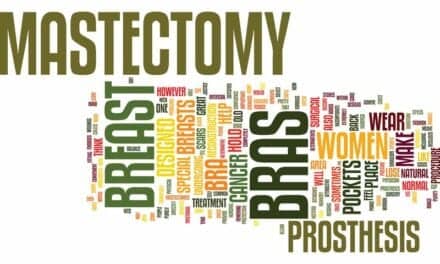I will let this blog entry on health care reform and breast reconstruction speak for itself:
Even though you or your loved one could benefit from advanced breast reconstructive surgery after mastectomy (like the DIEP flap procedure for example), your plastic surgeon might well have to say “no”.
While this may sound extreme to many of you, this would happen if comparative-effectiveness research rules that the benefits of the surgery for the average patient just don't justify its price tag, especially when compared with yesterday's treatments (like tissue expanders for example).
Unfortunately, medical advances and "cutting-edge" procedures do come at a price. Though this does mean certain procedures are more expensive, it has also ensured the United States has stayed at the leading edge of health care in the world, at least until now.
In an enormous break with tradition, such cost considerations based on averages will be factored into medical practice guidelines. These will function as an invisible hand that puts a brake on the more expensive procedures even though they benefit certain patients.
Standardized practice guidelines will be evident everywhere, even embedded into your doctor's government-certified computer: as described in the Obama budget, computer pop-ups will appear to help your doctor make decisions. (And through the same systems, his or her choices can be monitored for consistency with the guidelines.)
The author of this piece, Sharon Lacey, is apparently a Privacy Officer at PRMA of South Texas, The original post can be found in the The Breast Cancer Reconstruction Blog.


